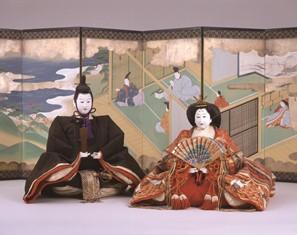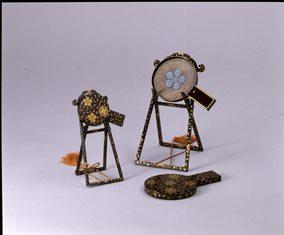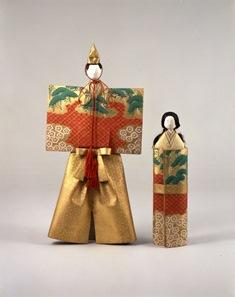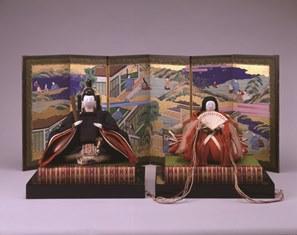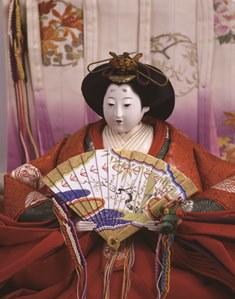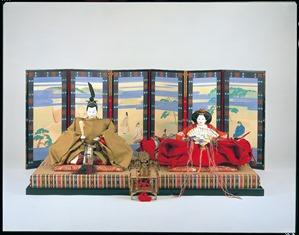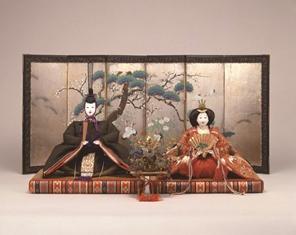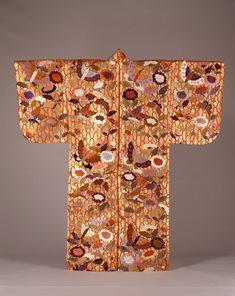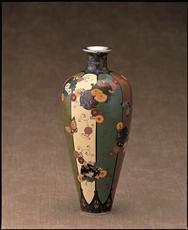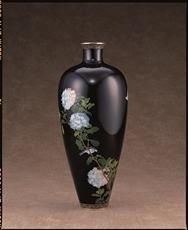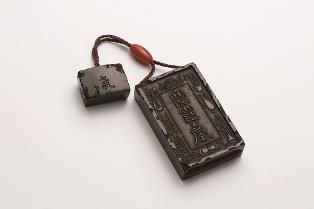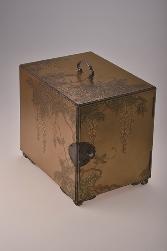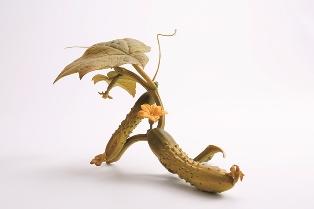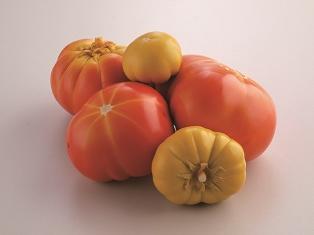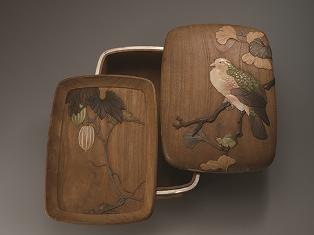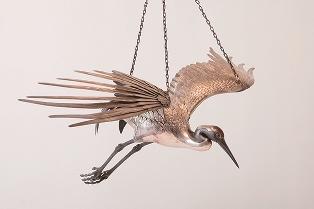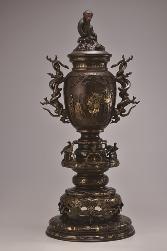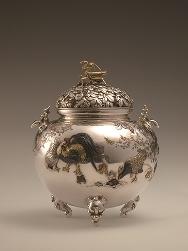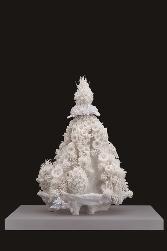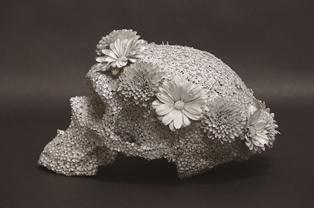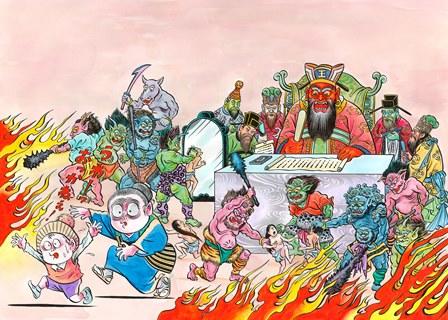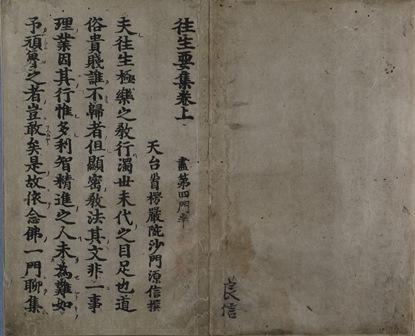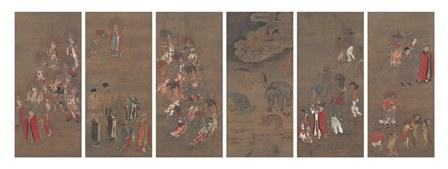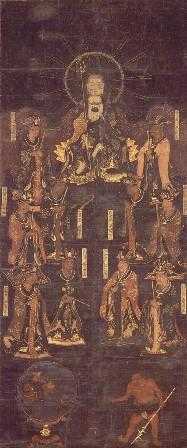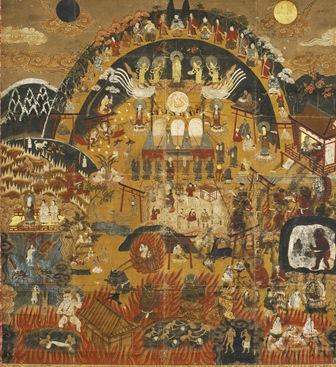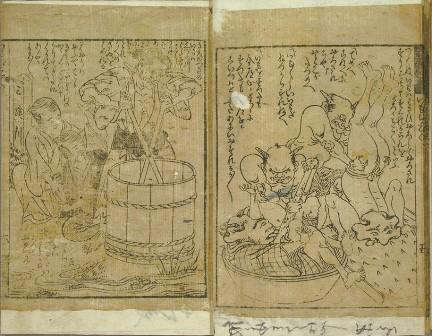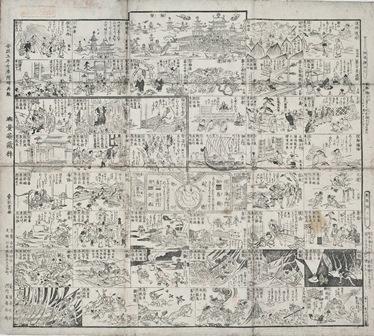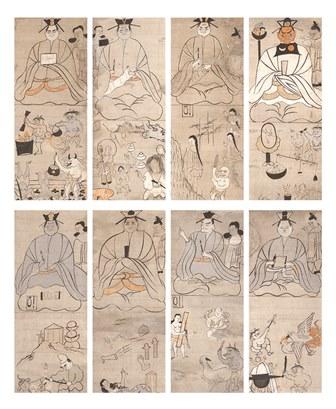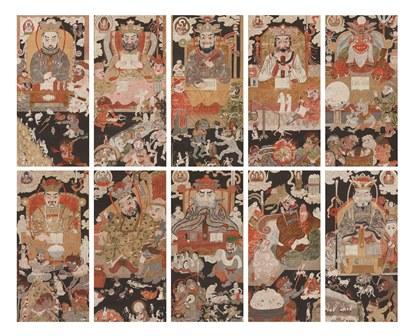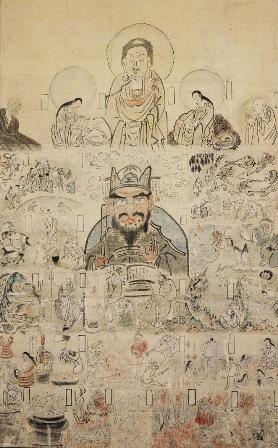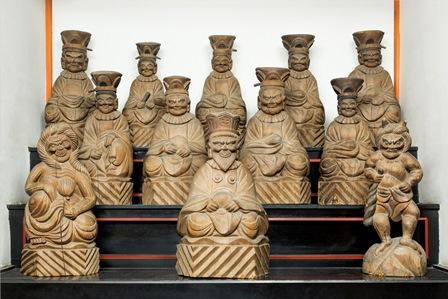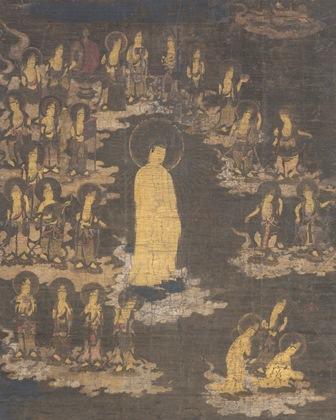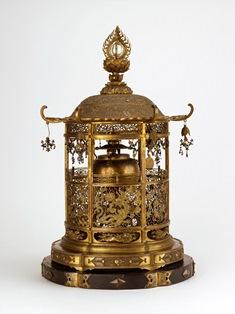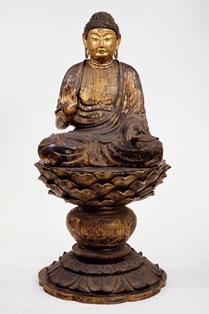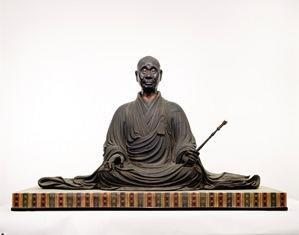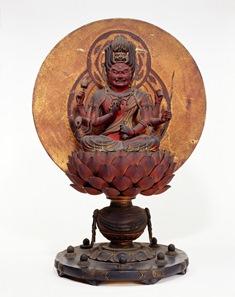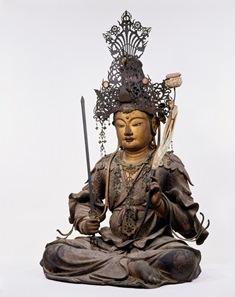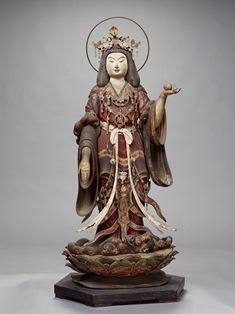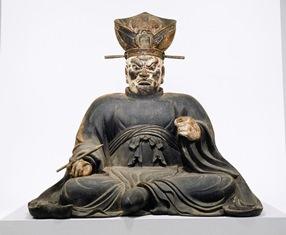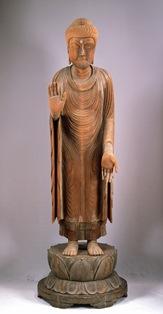Ahead of the Year of the Dog in 2018, at the end of 2017 of the Year of the Rooster, we have enjoyed many bird artworks.
There are many congratulatory crane paintings, especially the Hizuki Matsuzuru-zu folding screen of the Muromachi period, which is perfect for the large Shoin-style or sukiya-style mansion at that time.
In addition, 63 kinds of birds are precisely drawn in 17 meters, a volume of 46 birds of the Edo period, a volume of 46 birds. I don't think it's as if it's a modern picture book. It seems to have been painted by a Kyoto man named Shiko Watanabe of Rinpa who studied under Kourin Ogata over 24 years, including grayheaded cuckoo, Sparrows, Japanese tit, Hibari, Hibari, Hibari, Hibari, Hibari, varied tit, dusky thrush, Kazura, Starlings, Shigi and herons. It can be seen that the beauty of Japan has been made over hundreds of years.
Another figure is the famous "Taro Hachiman Yoshiyazu", Yoshiie Minamotono, the ancestor of Minamoto no Yoritomo, said, "When I lie down in Hyono, I break the goose line" when I saw the flock of goes being disturbed, when I learned that there was a disguise.
Now, if you go somewhere deep green or mountains, you will not be able to meet these birds. I hope that the world will become brighter with the principles of coexistence with nature, self-interest and others.
Finally, the figure of Seven Lucky Gods was displayed. It is a figure of the gods of India, China, and Japan together, often on a treasure ship, but this picture also depicts birds on land. Bensaiten, Vaisravana, Fukurokuju, Kotobuki, Hotei, Ebisu and Daikoku.
I wish you 2018 a good year for you.
(In addition, the national treasure Oukyo Maruyama “Yukimatsu-zu folding screen” will be on display from 1/4 to 2/4 next year.)
-------------------------------------------------------------------------------------
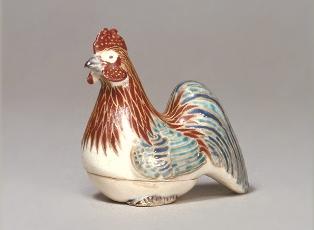
1 Color picture chicken Hitoshi Kaai
Former storehouse of the 17th century Kihoku Mitsui family in Edo period
-------------------------------------------------------------------------------------
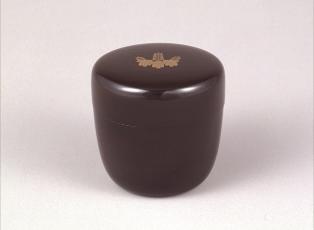
2 by Yoken Fujimura Yoshi Sotetsu Nakamura (first generation)
Edo period, 1687 (1687) Muromachi Mitsui Family Old Storehouse
-------------------------------------------------------------------------------------
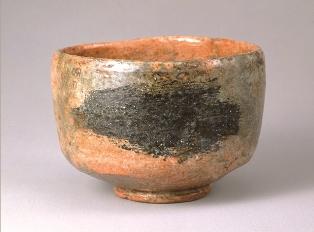
3 Important cultural property Akaraku bowl Mei Nue Rakudo
Edo period, 17th century Muromachi Mitsui family old storehouse
-------------------------------------------------------------------------------------
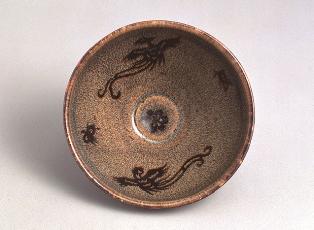
4 Important Cultural Property Tonan Susan
Minami Soong period, 12th to 13th centuries Muromachi Mitsui family old storehouse
-------------------------------------------------------------------------------------
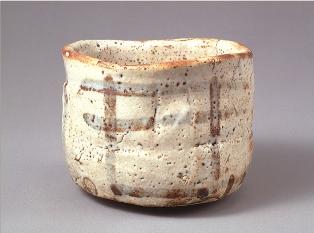
5 National Treasure Shino Bowl Memoru Ukabe
Momoyama period, 16th to 17th centuries Muromachi Mitsui Family Old Collection
-------------------------------------------------------------------------------------
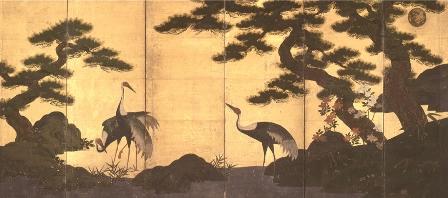
6 Important Cultural Property Nikko Matsuzuru Figure Screen, 6 songs, 1 pair
Muromachi period, 16th century (right ship) Former storehouse of Shinmachi Mitsui family
Exhibition: 12/9~12/27
-------------------------------------------------------------------------------------
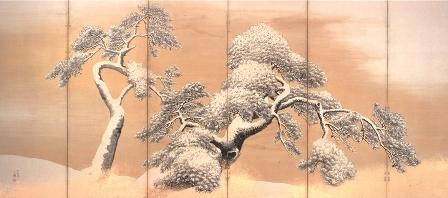
7 National Treasure Snowmatsu Figure Screen, 6 Songs, 1 Soso Oukyo Maruyama brush (left ship)
Former storehouse of the 18th century Kihoku Mitsui family in Edo period
Exhibition: 1/4~2/4
-------------------------------------------------------------------------------------

8 Birds Shinsha Figure Vol. 1 Shiko Watanabe brush (part)
Edo period, 18th century Shinmachi Mitsui family former storehouse
-------------------------------------------------------------------------------------

(↑ Click to see a large display.)
900 bird figure horizontally 1 side Maruyama Obun (Oubun Kunii) brush
Former storehouse of the 19th century Kihoku Mitsui family in Edo period
-------------------------------------------------------------------------------------
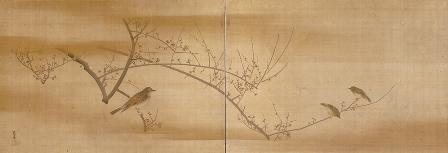
10 Two Plum Poultry Wind Folding Folding Folding Folding Screen, Kure Haru (Matsumura Tsukikei)
Edo period, 18th to 19th centuries Kita-Mitsui family old storehouse
-------------------------------------------------------------------------------------
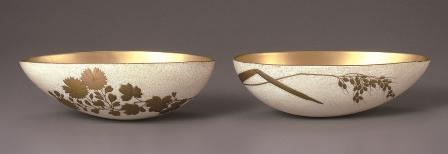
11 Rice Chrysanthemum Makie Crane Egg Cup 1 vs. Shibata Zeshinsaku
Former storehouse from Edo to Meiji period 19th century Kihoku Mitsui family
-------------------------------------------------------------------------------------
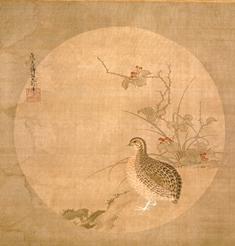
12 quail Figure 1 Width Tosa Kouki brush
Edo period, 17th century Muromachi Mitsui family old storehouse
-------------------------------------------------------------------------------------
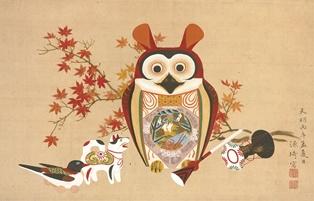
13 Toto Teyu Figure 1 Width Genuzu brush
Edo period, 1786 (1786) Asano family old storehouse
-------------------------------------------------------------------------------------
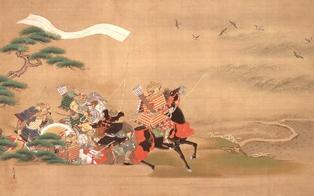
14 Taro Hachiman Yoshiya Figure 1 Width Yoshinobu Kano (Doharu) brush
Former storehouse of the 18th century Kihoku Mitsui family in Edo period
-------------------------------------------------------------------------------------
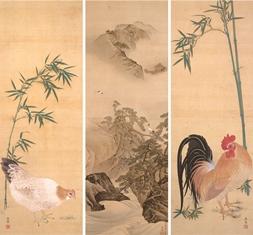
15 Horaisan and Takechishi Figure 3 Width Maruyama Okyou.
Edo period, 1790 (1790) Kita-Mitsui Family Old Collection
-------------------------------------------------------------------------------------
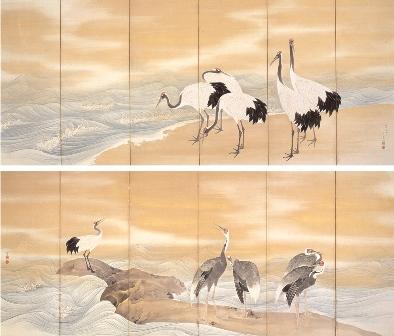
16 Seaside Crane Figure Screen, 6 Songs, 1 Soji Takayoshi Mitsui brush
1885 (1885) Kita-Mitsui Family Old Collection
-------------------------------------------------------------------------------------
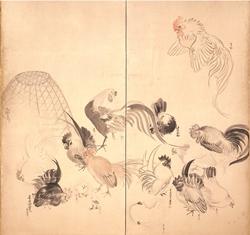
Two 17-group chicken picture folding screens 1 piece Kure Haru and other Maruyama-style writing brush
Edo period, 1801 (1801) Shinmachi Mitsui Family Old Storehouse
-------------------------------------------------------------------------------------
→It is on display until February 4, 2018.
→The nearest station to the Mitsui Memorial Museum is Mitsukoshimae Station on the Ginza Line.
Click here for details http://www.mitsui-museum.jp/
Each image is owned by the Mitsui Memorial Museum. Secondary use is strictly prohibited.
